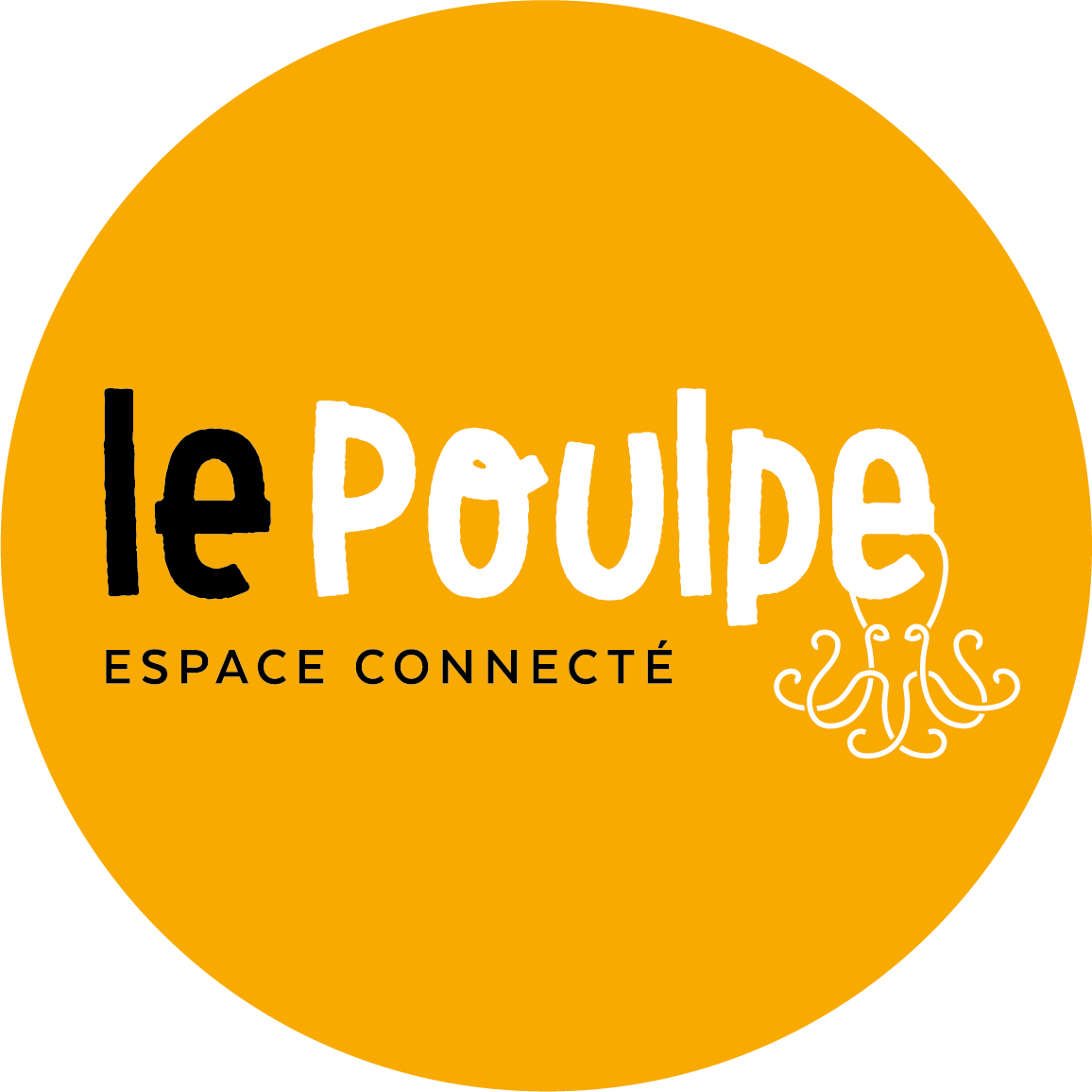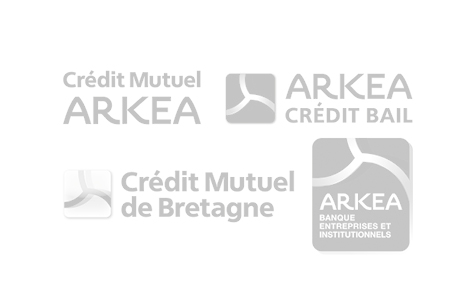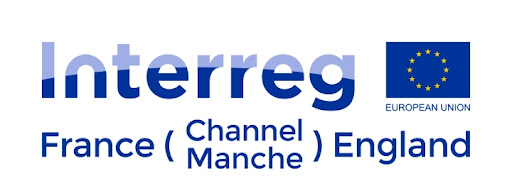- - IBENS - ENS Paris, Paris [Project Developer]
- - Biologie du chloroplaste et perception de la lumière chez les micro-algues, IBPC-UMR7141, Paris
BrownCut Characterising the specific genes for photosynthesis in diatoms
Diatoms are a major group of unicellular photosynthetic eukaryotes in aquatic environments. From an evolutionary standpoint, these algae are only distantly related to green seaweed and plants. Whereas the latter two are derived from the primary endosymbiosis of a cyanobacterium into a phagotrophic eukaryote, diatoms and related organisms within the stramenopile group of eukaryotes are derived from a secondary endosymbiosis, involving the fusion of at least one red seaweed and one green seaweed with another eukaryote. Diatoms therefore display different cellular and metabolic features to organisms of green lineage.
However, despite this important progress and the well-recognised ecological role diatoms play in maintaining the balance of life on Earth, the mechanisms controlling diatom biology are still largely unknown.
The BrownCut project aims to fill the current gap in knowledge between the physiological functions of secondary-plastid-bearing algae and the evolutionary mechanisms that have led to their success and diversification. BrownCut will provide major insights into the processes underpinning photosynthesis in diatoms, which are in turn essential for understanding the effect of climate change on marine phytoplankton and the ecosystems they sustain.




































